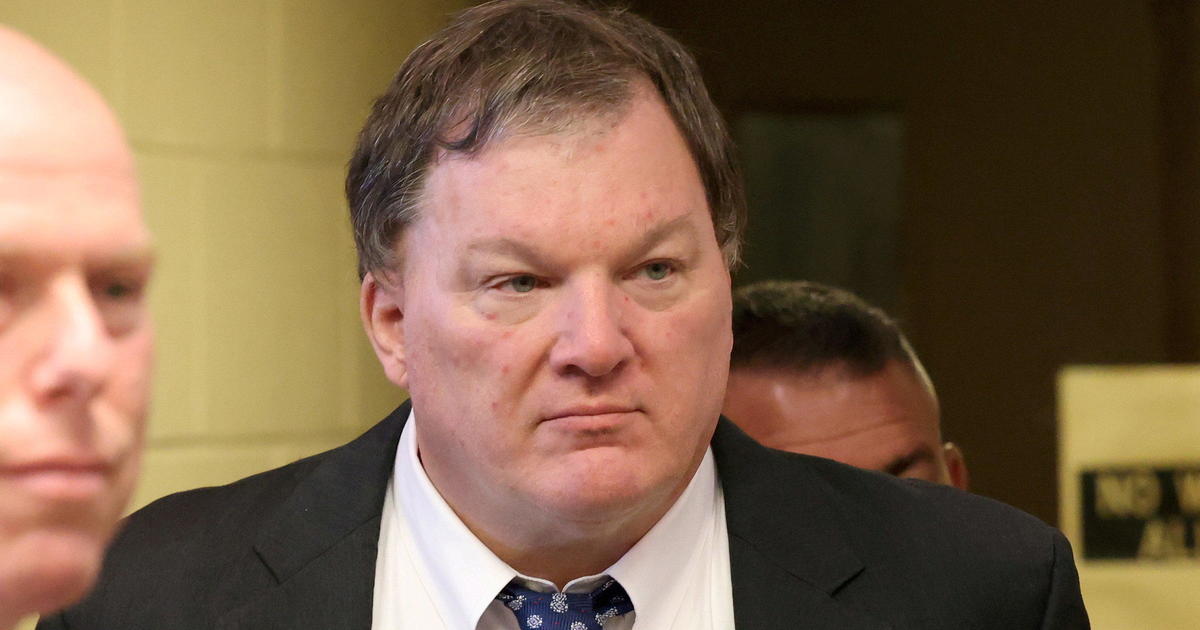Seen At 11: Exclusive Look Inside The NYPD's Firearms Lab
NEW YORK (CBS 2) -- We don't see them patrolling the streets, and they are not the cops who slap on the handcuffs. But the work done by the NYPD firearms forensics team is often the key to a conviction.
CBS 2's Maurice Dubois recently got a behind-the-scenes look at the operation.
It's one of the country's most prestigious and sophisticated forensic labs, the NYPD Forensic Investigations Unit, where highly-trained detectives work tirelessly to put killers behind bars.
"We really do help put bad criminals in jail. We have state-of-the-art equipment. We solve numerous homicides every year," Lt. Denis Burke said.
And for the first time, television cameras have been granted exclusive access to this elite unit, which is headed-up by Lt. Burke.
"This is our little police museum down here," Lt. Burke said while giving CBS 2 a tour.
The lab is also home to some of the most notorious weapons ever fired within city limits, like the gun Mark David Chapman used to kill John Lennon.
"He fired one shot. One shot killed John Lennon back in 1980," Lt. Burke said.
And then there's the .44 fired by David Berkowitz, the "Son of Sam."
"He was terrorizing lovers in the city when they were parking in their cars, so we have a lot of famous cases that come through here," Lt. Burke said.
More than 1,000 weapons are stored in the lab, all of them seized from city streets.
"What does this say about us? It says at times this could be a very dangerous place," Lt. Burke said.
Back in the lab, after every city shooting, detectives analyze shell casings and bullet fragments, checking them against a computerized data base.
"What were trying to do is match up the striations that are left behind when the gun is fired," Lt. Burke said.
Like a fingerprint, each gun barrel leaves a distinct pattern on the bullet, but sometimes the data base is no match for an experienced detective's memory.
"We're sort of like fitting a puzzle together," Det. Jonathon Fox said.
Detective Fox is known for his unique ability to remember these patterns.
"The way those lines are so heavy and parallel, I can remember something like that for a year, six months," Det. Fox said.
His memory was put to the test after an Easter Sunday shooting in Times Square in 2010. Fox analyzed the casings and days later, when another set came in from a Bronx shooting, he made the match.
"Now, matching it up to these shootings in the Bronx at least maybe we have a lead to where these shootings originated, or where these people doing the shootings came from," Det. Fox said.
Other times, detectives rebuild a weapons history from scratch.
One handgun CBS 2 was allowed to view, for example, was found loaded on a street in Brooklyn.
"It's very exciting and it is a mystery," Det. Rodney Rodriguez said.
After detectives test-fire the gun, they can run the bullet pattern to see if it matches any shootings. They said the work is painstaking and can be frustrating, but is all worth it.
"It actually does give you a pretty good feeling that you could be helping the detectives out here looking for the bad guys," Det. Joseph Cummings said.
The lab collected more than 10,000 pieces of gun-related evidence last year, and examined 6,500 firearms.
Please offer your thoughts in the comments section below ...



